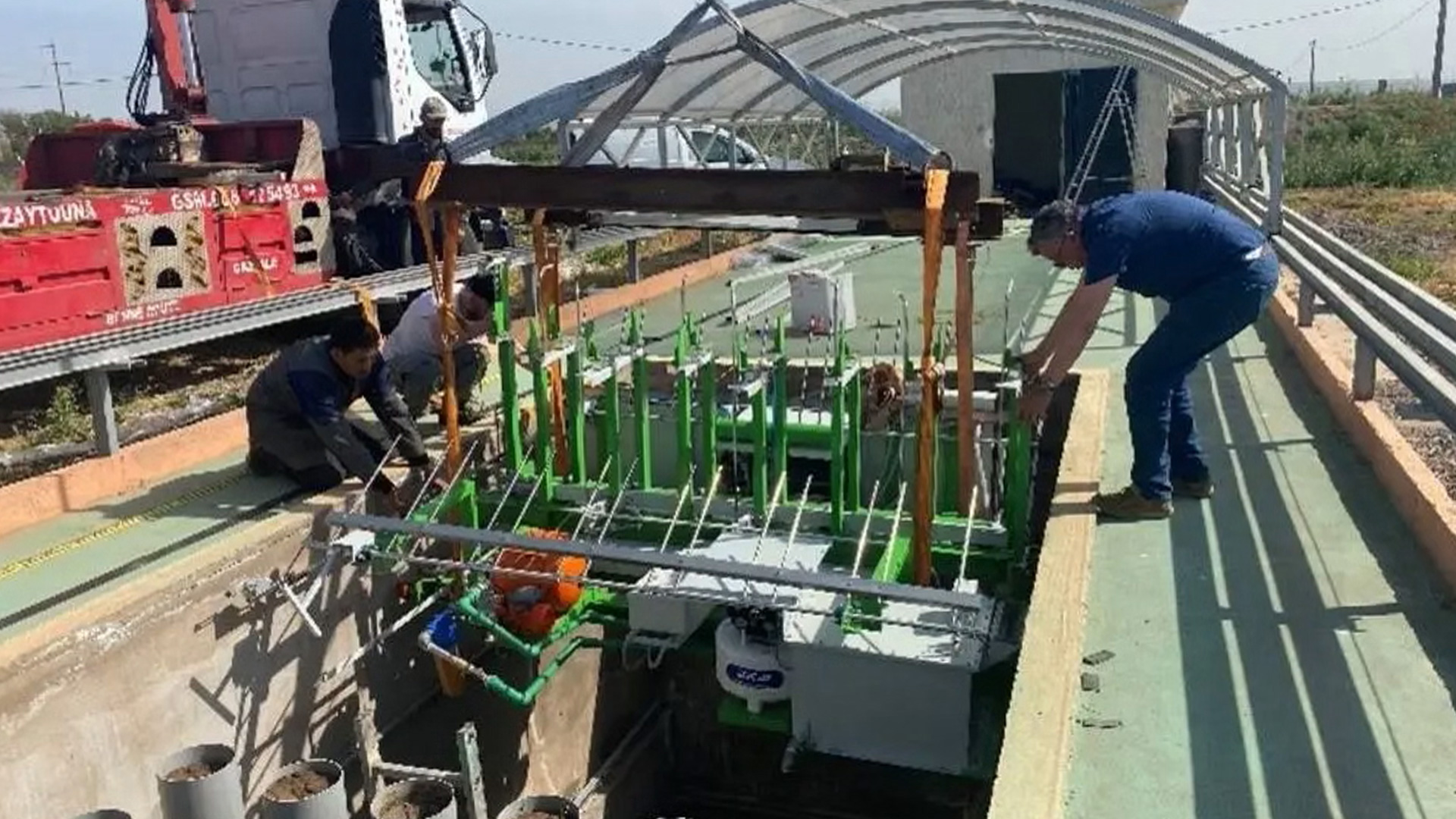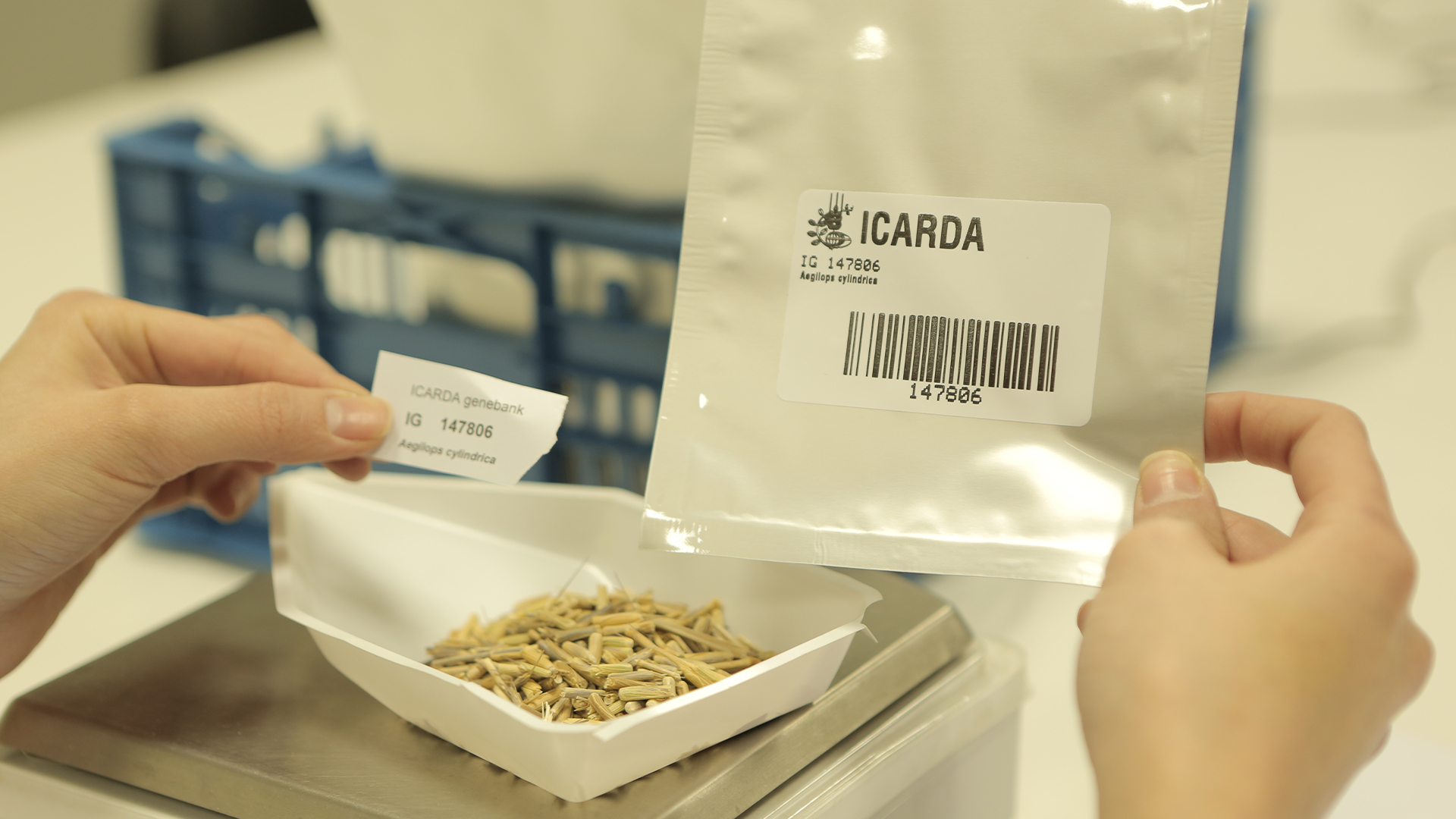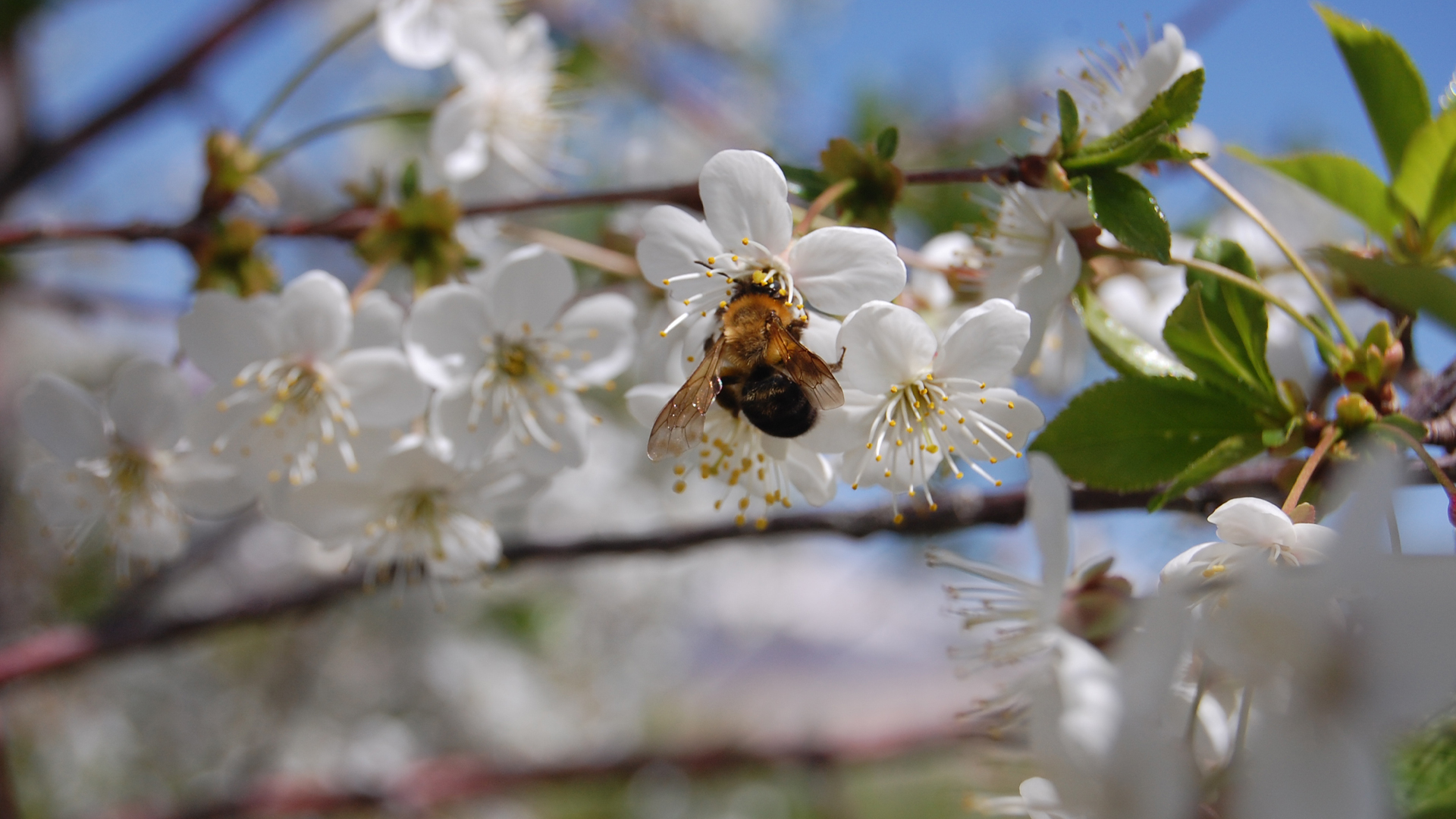

No Posts Found.
In 2021, ICARDA and partners developed two exciting innovations that improve phenotyping (the accurate measuring and recording of plant genetic traits) and enhance food security across dry areas. The futuristically named ‘PhysioTron’ Machine vastly speeds up phenotyping and houses up to 750 crop research plots. Its fully automated control system can design a wide range of experiments. Meanwhile, the ‘Phenobuggy’ was developed as a smaller, tractor-mounted GPS-assisted multi-sensor head and can carry out rapid and accurate measuring of a range of phenotypic traits in standard research plots.

In 2021, the GRS team commenced regeneration of accessions (groups of plant genetic material) that were sent for safekeeping to institutions outside of the Svalbard vault in 2012 when the Syria Genebank was relocated to Lebanon and Morocco. Last year, over 6,000 chickpea accessions were retrieved from the International Crops Research Institute for the Semi-Arid Tropics, and around 1,000 wild relatives were regenerated from accessions sent by the Millennium Seed Bank in the United Kingdom.

ICARDA, through Dr. Filippo Bassi, continued its contributions to the EU-funded Activated Genebank Network (AGENT) project, which was launched in 2020 to transform genebanks from passive seed libraries into advanced bio-informatics resource centers. In 2021, ICARDA scientists helped devise more straightforward tools and procedures for genomic work, and through AGENT, are working with partners to collect and standardize phenotype information from global genebank networks within a single database.

ICARDA’s Farming with Alternative Pollinators (FAP), led by. Dr. Stefanie Christmann and funded by the German Federal Ministry for the Environment, Nature Conservation and Nuclear Safety, enhances agricultural land by marketable habitat enhancement plants (MHEP), nesting and water support. MHEP prolong the flowering times in the fields and attract higher diversity and abdundance of pollinator (enhancing productivity of many crops) and natural enemies (reducing pest abundance in the main crop and the need for chemicals). Both effects increase the net income gain to farmers significantly and substantially. A project in Morocco in four agro-ecosystems, with seven different main crops and more than 230 smallholder fields showed net income increase of 121% and a reduction of pest abundance in the main crop by 65%.

In 2021, a project led by Dr. Shiv Agrawal Kumar, funded by the Global Crop Diversity Trust, regenerated grass pea lines from the first successful hybridization between cultivated grass pea and five wild relatives (Lathyrus) species. This resulted in a high number of hybrids which offer various useful traits such as resistance to parasitic weed (Orobanche), low plant toxin, tolerance to drought and heat and high biomass. Additionally, new interspecific crosses were performed for barley and wheat to target disease, insect resistance, and the production of micronutrients and beta-glucans (linked to lowered cholesterol and reduced heart disease).
